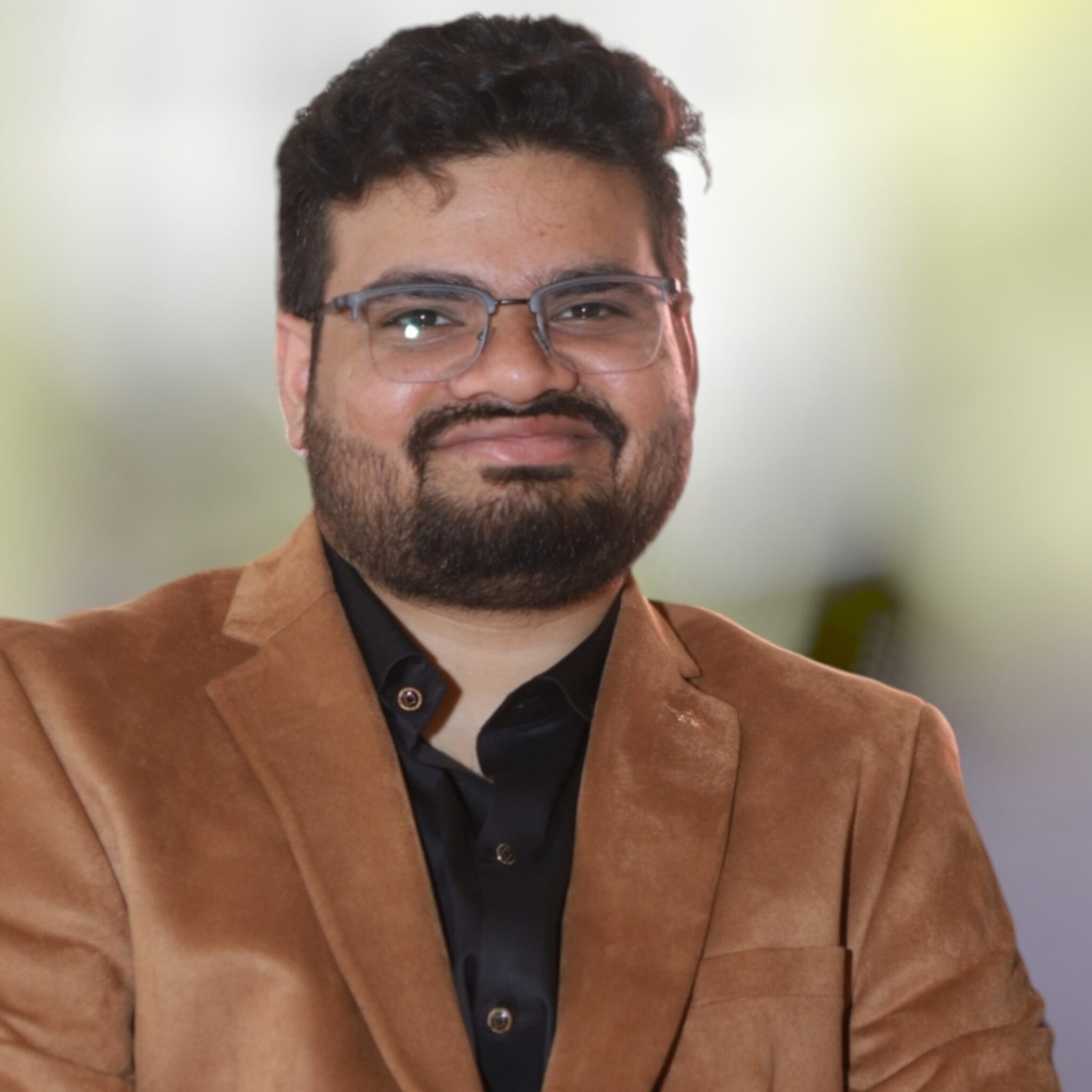When you google transcription, it will pull up millions of blogs, articles, scientific papers on how enzymes read the DNA and make RNA using the nucleotides which and RNA further makes proteins. That is jibber jabber in our case. Still, the knowledge of converting information from one format to another is the essence of transcription.
When we talk of transcription, it is taking audio, video, or live speech etc., and converting it into text in the same language as the speaker. In a nutshell, it entails writing what we hear during a particular event.
Throughout history, transcription has prevailed in one form or the other. Egyptians would transcribe their teachings on stone tablets and pass it down through generations. Tribal people would paint the murals in caves, preserving what they assumed was best.
Few decades earlier, we had typewriters, where transcribers would regularly sit and transcribe documents. Later, a revolution began with an introduction of a very basic word processor. The transcriber would again sit at ends and type. But in this case, they created a digital copy. Today, in 21st century, it has gone through a complete overhaul because of digitization.
With advancements in software and technology, not only do we have better and faster tools for transcription, we have access to Speech-to-text software. It involves incorporating artificial intelligence speech recognition. By gathering and inputting a lot of data in the algorithm, and constantly trying to perfect it, the AI resources is near perfect. Transcribers use these tools, and later review the output files, thus making the task simpler and achieve high accuracy.
Speech-to-text is the future of transcription. Currently, the Artificial intelligence (AI) software is not 100% accurate. They cannot match the accuracy of human transcribers.
Therefore at MoniSa, we use a combination of both human and AI resources for the most accurate high quality, fast and easy transcription.


